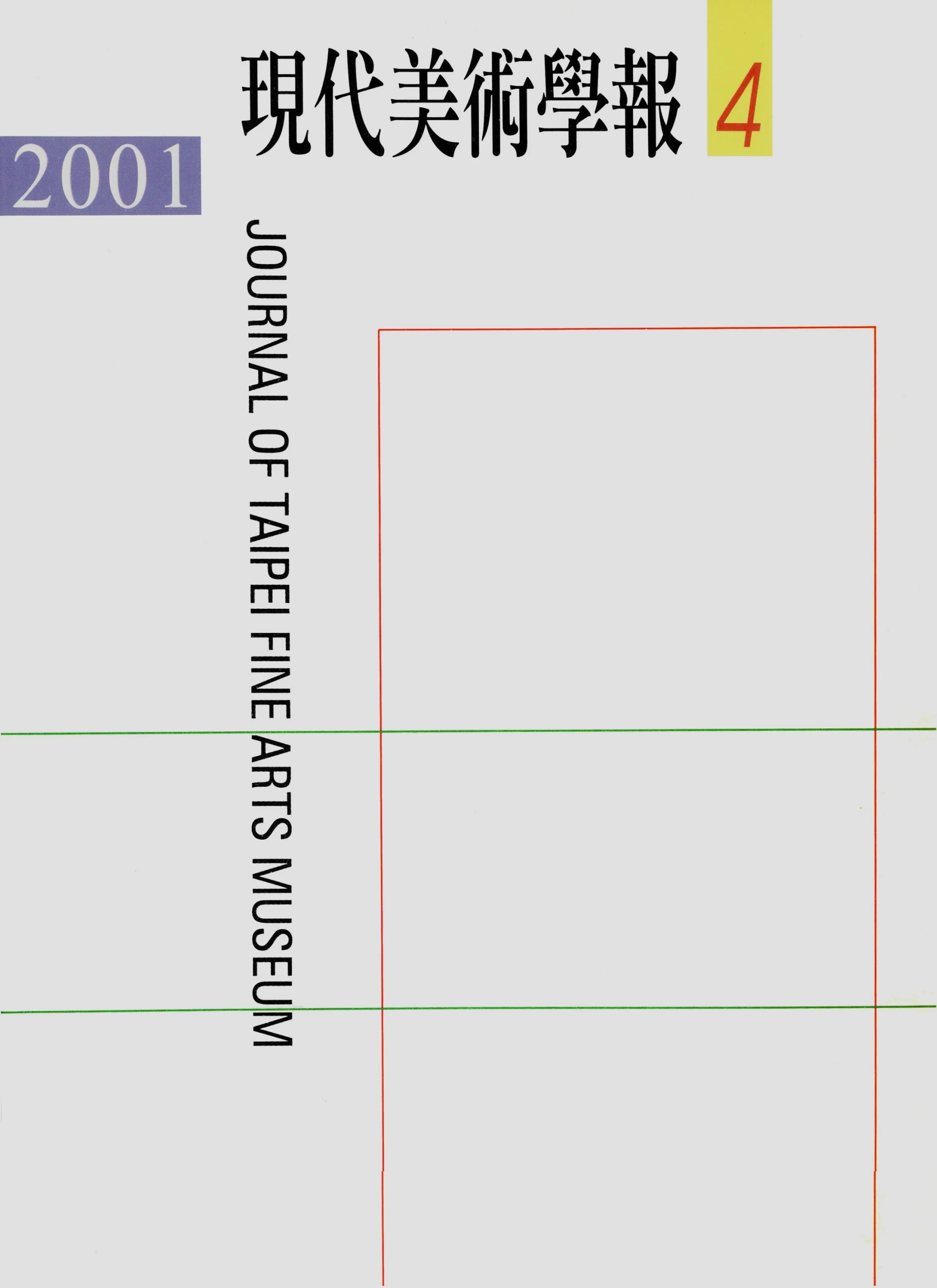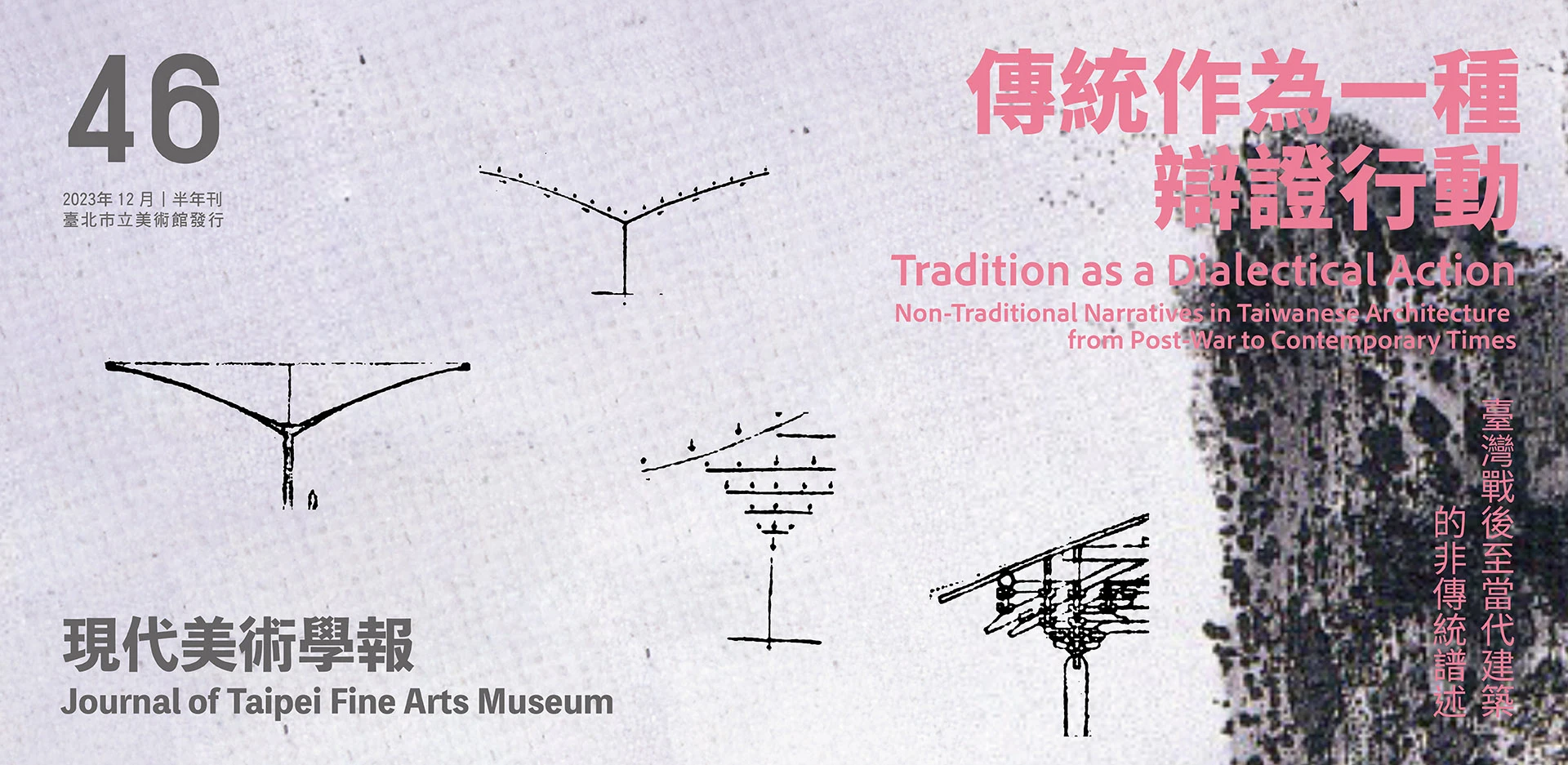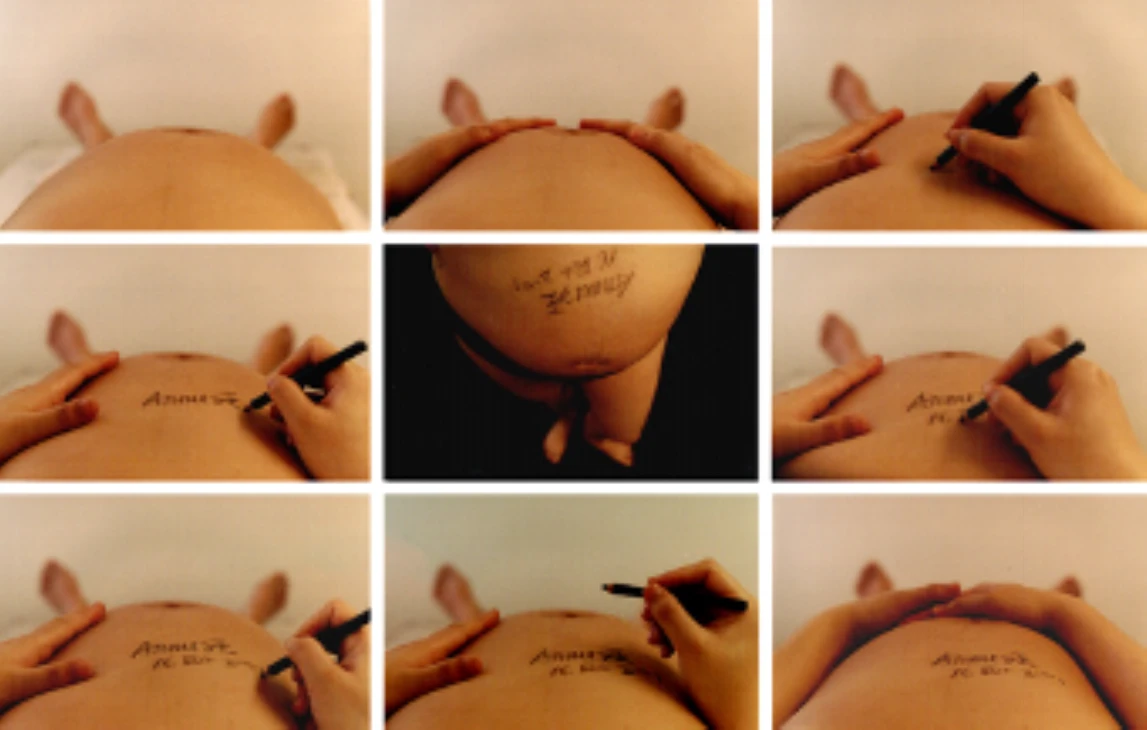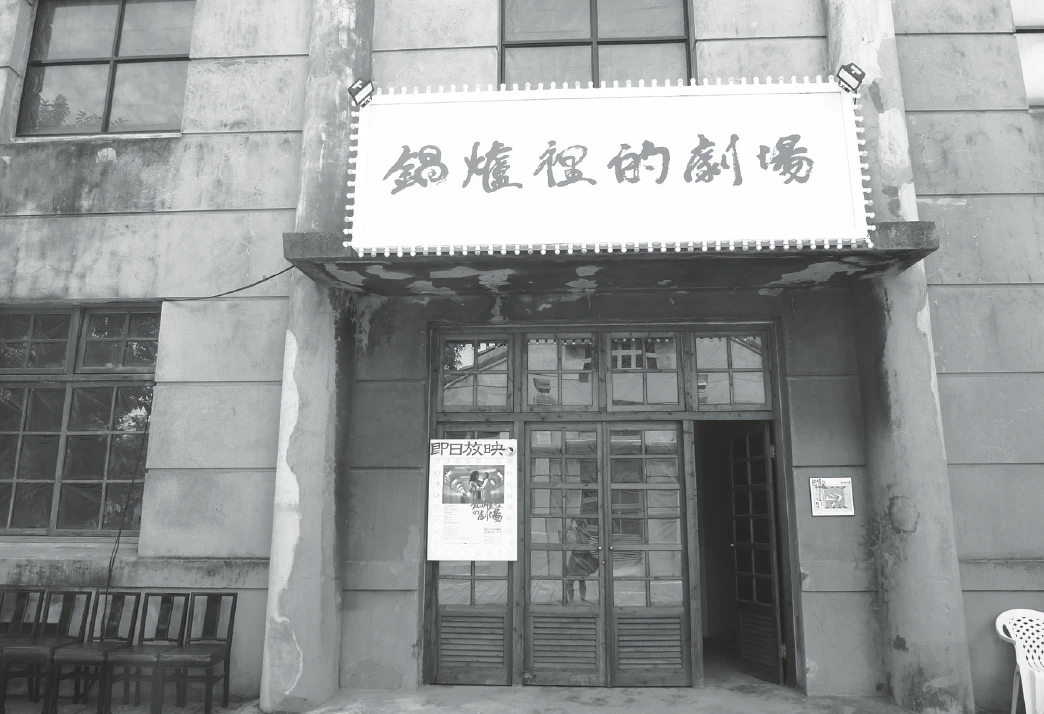摘要
邁向檔案的未來:重返東亞當代藝術的歷史與運動
《現代美術學報》第34期由本人策劃、台北市立美術館與春之文化基金會合辦的「檔案轉向:東亞當代藝術與台灣(1960-1989)國際學術研討會」論文為內容。會議在2017年4月8-9日舉行,來自澳、德、美、中、馬、新、日、港、法、菲、韓、台等多國學者,共發表共15篇論文發表與8篇個案研究,是近年來國內藝術界較具規模與學術深度的國際會議。會議係為了回應近年來國際間對二次大戰後東亞各國的當代藝術的重探歷史趨勢。
過去被視為藝術典範的現代主義,在1960年代前後受到新興藝術的挑戰,如何在現代主義的受容中,展開當代藝術實驗的典範轉移,在東亞各國各有不同的歷史脈絡。將本地藝術風格視為西方現代主義在異國樣本的模式,已逐漸被擺脫西方中心主義視角的學界所捨棄,復以多重現代性(mulitiple modernities)或另類現代性的框架來檢視東亞各國藝術的特異性(singularity)。從這些極具特異性的表現出發,當代藝術不僅止於西方觀念或流派在本地的襲仿,反而是可從某些關鍵的一手檔案,反思歷史上本地與東亞各國之間共享的當代性課題,諸如:後殖民情境下的藝術主體性、冷戰格局下的文化抵抗(cultural rebelion)連帶、歷史前衛與左翼運動在二戰前後的變異、新前衛與當代策展空間的實驗等議題。
在全球化的背景下,東亞各國政府、美術館或私人機構近期也紛紛成立藝術檔案庫,推動本國與亞洲各國基礎文獻與視聽資料的建置、譯介與策展。藝術檔案將過去靜態的史料概念,推升到另一個新的動態轉向;檔案的概念,將文獻/文書(document)與藝術作品之間的界線模糊化,同時涵涉了圖錄、公文書、邀請卡、書信、手稿、日記、筆記、素描、速寫、草圖、模型、照片、聲音、影像等。這不僅是學科內部批判視覺性與擴充研究材料與的視覺轉向(visaul turn),更是重新翻轉檔案建置、應用與觀念的慣習。如何在檔案的重置與策展行動中,處理媒介與載體的擴張移動?在全球藝術史與檔案治理的系譜與其外邊,又該如何考掘跨國抵抗記憶(counter-memory)鬥爭下生命政治所銘刻的軌跡?
檔案是記憶的居所,當代藝術對歷史的重新檔案化,意味著現代性在東亞藝術史並非僅只於啟蒙進步式的單一敘事,也可能是在檔案驅力下迴盪於島鏈間的歷史幽靈。本專輯收錄此次會議中的四篇論文,都回應了上述以檔案為核心的課題。金嬉英的〈indeterminate Temporality Embedded in Nam June Paik's Early Experiments from 1959-1963〉追溯了早期白南準年輕時期的前衛藝術創作,特別是德國時期首次個展的實踐。Seng Yu Jin的〈Descent of the Everyday: The Emergence of Critical Exhibitions on Southeast Asia in the 1970s〉考察了冷戰格局下馬來西亞、泰國、印尼1970年代的觀念性展覽如何進行日常生活批判。Clare Veal〈The photographic Conditions of Contemporary Thai Art〉聚焦於泰國當代藝術界如何在特殊的政治變遷下發展出有別於攝影本體論的實驗面向。孫松榮〈延遲影形力:1980年代華語語系單頻道錄像藝術的政治批判芻議〉則是以1980年代台、港、中等華語語系在民主化過程衝擊下的批判性影像創作。在這些論文中,檔案不再只是建構線性歷史的實證材料,更是重繪集體記憶的心靈地圖,而檔案的建置與重置,也意味著翻轉東亞藝術系譜的歷史想像與書寫行動,是為檔案轉向(archival turn)的積極意義。
Abstract
Toward the Future of the Archive: Revisiting the History and Movements of East Asian Contemporary Art
The No.34 issue of the Journal of Taipei Fine Arts Museum is composed by the theses from the international symposium titled Archival Turn: East Asian Contemporary Art and Taiwan (1960-1989). Collaborating with Taipei Fine Art Museum and Spring Foundation, I planned the conference, which took place on 8th and 9th April 2017, with the participation of scholars from various countries, such as Australia, Germany, America, China, Malaysia, Singapore, Japan, Hong Kong, France, the Philippines, Korea and Taiwan. Fifteen essays and eight case studies were presented at the venue, and it was an international symposium with relatively massive scale and academic depth in the Taiwanese art circle lately. The conference aimed to make a response to the recent trend to re-explore the history of contemporary art in various countries of East Asia after World War II.
Modernism is regarded as the paradigm of art in the past and has been challenged by emerging forms of art since the 1960s. How countries in East Asia accept modernism and develop the paradigm shift in contemporary art experiment has their own historical context. Regarding the style of local art as the exotic specimens of western modernism has gradually been discarded by the academia separating itself from western centrism. Instead, the framework of multiple modernities or alternative modernities is used to examine the singularities of art in the various countries of East Asia. Departing from the performance with distinctive particularity, modern art is not confined to the role mimicking those from western concepts or schools, but reflects the shared issues about modernity among various countries in East Asia with some key archives acquired firsthand, for example, artistic sovereignty in the post-colonial context, cultural rebellion within the framework of the Cold War, the evolution of the historical avant-garde and left-wing movements before and after World War II, and experiments in the new avant-garde or post-war curatorial spaces.
Against the background of globalisation, governments, art museums and private organisations throughout East Asia have gone about establishing art archives respectively in recent years to promote the establishment, translation and curation of primary textual and audio-visual data about their own countries and Asia as a whole. Art archives have elevated the concept of historical materials from a static direction to a newer and more dynamic one. The concept of archives gets blurred; it is no longer in an eitheror status—either a document or a piece of art. An Archive can be illustrations, official documents, invitations, letters, manuscripts, journals, notes, sketches, drawings, drafts, models, photos, sounds, images, etc. This is not only a "visual turn" within the academia criticising visual-centrism and expanding research materials but also a new revolution in the habit of archival installations, applications and concepts. How can the expanding movement of carriers and media be dealt with when the archives are re-settled and involved in curation? How can the trace of struggling against biopolitics be excavated under the transnational counter-memory in and out of the genealogy of global art history and archive management?
Archives are the residence of memories. Re-archiving history in contemporary art suggests that modernity in East Asian art history is not merely a singular narrative of progress toward enlightenment, but the specters of the past reverberating along the island chain, driven by the force of archives. Four articles in the issue respond to the abovementioned concern surrounding archives. Hee-Young KIM's "Indeterminate Temporality Embedded in Nam June Paik's Early Experiments from 1959-1963" traces back to the avant-garde artistic creation in Nam June Paik's youth, primarily focusing on the practice in his first solo exhibition in Germany. Seng Yu Jin's "Descent of the Everyday: The Emergence of Critical Exhibitions on Southeast Asia in the 1970s" examines how the conceptual exhibitions in Malaysia, Thailand and Indonesia in the 1970s under the Cold War structure were conducted to be critical to everyday life. Clare Veal's "The Photographic Conditions of Contemporary Thai Art" focuses on how Thai contemporary art circle develops the experimental aspects differing from photographic ontology under the specific political transformation of local context. Song- Yong SING's "Delayed Plasticity: On the History, Aesthetics and Theory of 1980s Sinophone Single-channel Video Art" displays the critical image creations under the impact of democratization in Chinese speaking countries including Taiwan, Hong Kong and China in the 1980s. In these articles, archives are not empirical data purely used to construct linear history but the mental mapping redrawing the collective memories. The establishment and recalibration of archives herald an overturning of the genealogy of East Asian art in the historical imagination and writing. This is the active meaning of an "archival turn."






